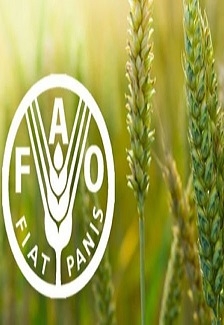Indices food prices fall for the fourth month in a row

Global prices of food commodities declined in may for the fourth month in a row amid stable supplies and lower demand due to the economic downturn as a result of the pandemic Covid-19, - according to the UN FAO.
the Average Index of FAO food price fell in may compared with April by 1.9% to 162,5 points, the lowest since December 2018 level.
in Particular the FAO food price index for dairy products for the month, down 7.3% (19.6% in comparison with the previous year) due to a sharp drop in prices of butter and cheese, due to seasonality and a decrease in import demand. Quotes of milk powder decreased slightly since the low prices and the recovery of China's economy support the demand from buyers.
the FAO food price Index sugar despite the trend grew by 7.4%, recouping half of the April drop, due to the recovery of world oil prices and a lower than expected harvest in India and Thailand, who are currently second in the world respectively among the producers and exporters of sugar.
the price Index for cereals fell 1%. World prices for rice rose by data on the growth of quotations of varieties Apone and Basmati, however, export prices for wheat fell on the background of significant global reserves. Coarse grains fell even more, and the price of corn in the U.S. is 16% inferior to last year's level.
the price Index for vegetable oils fell by 2.85 to 10-month low. Rising prices for rapeseed and sunflower oil are unable to compensate for the drop in the price of palm oil falls four months in a row due to lower demand from importers and higher-than-expected production volumes and stocks in major exporting countries.
Average the FAO food price index for meat in may fell 0.8%, which is 3.6% lower than in may 2019 Prices on yalovicina increased, whereas quotes of pork and poultry continue to decline on the background of significant export offers from major exporting countries, despite the intensification of imports in East Asian countries, which weaken the pandemic Covid-19 quarantine restrictions.


